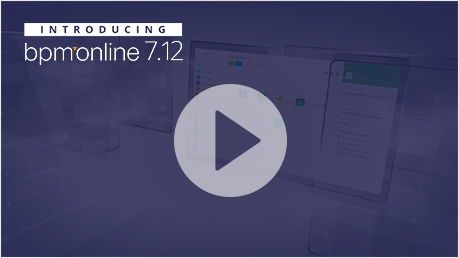The [Navbar] element (Fig. 1) is a navigation bar containing a list of menu links. The navbar element can be configured differently for mobiles.

Fig. 2 Navbar setup area

| Property | Function |
|---|---|
| Breadcrumb navigation (1) | Use “breadcrumbs” at the top of the setup area to navigate the parent (column, section, banner, block and template) elements. |
| Navbar constructor | Add, remove, and move the navigation links. To access the setup area of a navlink, click the corresponding item in the navlink list. Click [Add link] to add a link Click |
| Align | Align the navlinks in the navbar. |
| Hamburger menu | Enable “hamburger” menu on mobile devices, displaying menu links one over another. |
| Icon align | Align the hamburger menu icon horizontally (left This property is only available if the hamburger menu is enabled. |
| Icon color | Click This property is only available if the hamburger menu is enabled. |
The [Navlink] element (Fig. 3) is a navigation link for the parent navigation bar containing a list of navigation links.

Fig. 4 Navlink setup area

| Property | Function |
|---|---|
| Breadcrumb navigation (1) | Use “breadcrumbs” at the top of the setup area to navigate the parent (column, section, banner, block and template) elements. |
| Link to open | Provide the URL to the desired destination in the [Link to open] area. |
| Font | Use this settings group to configure the font settings of the link. [Font family] – select the font family of the menu link. Read more in the “Adding custom fonts” article. [Size, px] – specify the width and height of the font in pixels. Click [Line height, px] – specify the spacing between the lines and the borders of the button. The maximum line height is 250px; the minimum line height cannot be less than the size of the font. |
| Padding, px | Specify the distance (in pixels) between the text and each of the borders of the container. Padding is specified separately for each side. |







 , center
, center  or right
or right  ).
).
